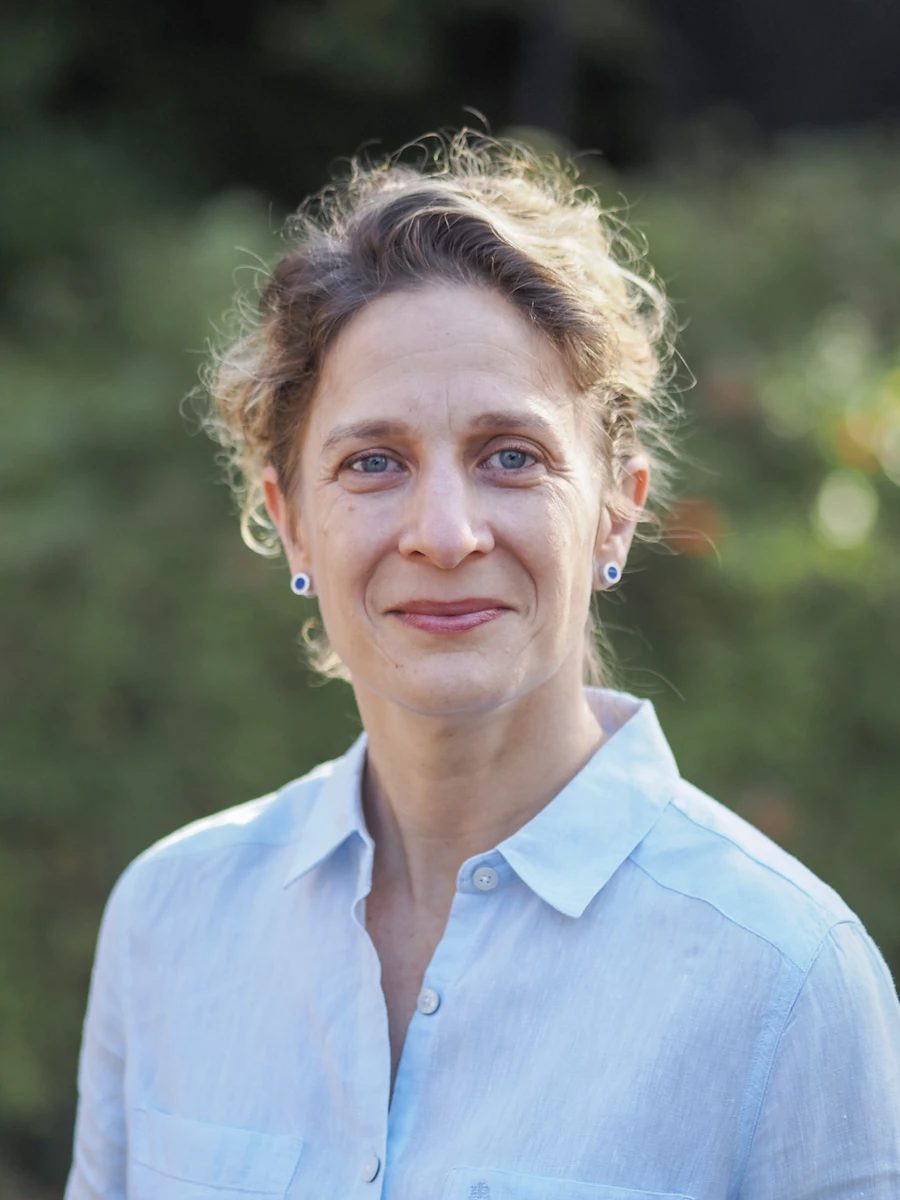 Youth
Youth
The Dadaab and Kakuma refugee camps in Garissa and Turkana counties expanded in the early 1990s and serve as a home for most of the refugees living in Kenya today. Amid fragility, conflict, and violence in neighboring countries, Kenya is now host to over half a million refugees, many of whom were born and grew up in refugee camps. Smaller numbers of refugees also live in cities, with many in Nairobi.
Many refugees live in some of Kenya’s poorest communities, whose traditional lifestyles rely on nomadic pastoralism. Previous government policies restricting movement, employment, and engagement in business have limited their economic integration, resulting in high levels of dependence on humanitarian assistance. In such a challenging environment, refugees in the camps in struggle to find work: according to the World Bank’s Socioeconomic Surveys of Refugees in Kakuma (2019), a staggering 75% of men and 74% of refugee women between the ages of 18 and 35 in Kakuma camp are unemployed.
In this blog, we highlight some findings from a recent World Bank feasibility study, Interventions to Foster Employment of Young People in Refugee and Host Communities (2023). We explore the barriers to youth employment in refugee and host communities in Turkana and Nairobi, and examine the potential for adapting the World Bank-funded Kenya Youth Employment and Opportunities Project (KYEOP) to the refugee context.
Piloting youth employability interventions in refugee settings
We piloted four interventions to assess their responsiveness to refugee needs and look at the feasibility of implementing them and opportunities for scaling them up. The first was mental health group coaching: as experiences of displacement can lead to unique mental health challenges that make it difficult for young refugees to find a job and keep it, this intervention was aimed at strengthening problem management skills, while reducing overall depression, anxiety, and stress.
The second intervention, on digital business development services (BDS), used text messaging to teach business and psychosocial skills. The third set up WhatsApp-based peer network groups to help young entrepreneurs start enterprises through peer-to-peer learning. And the fourth examined whether an online job-matching network could help young people find employment in Nairobi. To test the benefits of laying mental health and employment interventions, some mental health coaching pilot participants also participated in digital BDS and peer network interventions.
Generation (un)limited
Unsurprisingly, we found that young refugees in Kenya share similar aspirations to young people everywhere. They want to be successful, support their families, and be respected in their communities.
My aspiration as a young person is to take care of myself, my family, and my relatives. I would also wish to have a company, so that I could give other refugees jobs.
(31-year-old male refugee, Nairobi)
Young refugees, however, face added barriers to achieving their economic aspirations (Figure 1). Our pilots show some of these are specific to their refugee status, such as their lack of legal documentation or academic certificates from their home countries. Some hurdles—including access to information on finances and the job market—are shared by all young job seekers but are felt more acutely by young refugees. Other barriers are gender-specific and affect both refugee and Kenyan women, such as sexual harassment and exploitation.
Figure 1. Main barriers to the integration of young Kenyans and refugees into the local labor market
Source: World Bank (2023)
Most participants found the pilot interventions useful, especially the mental health group coaching sessions (Figure 2), suggesting a sizable, unmet demand for psychosocial support among young Kenyans and refugees alike. Our approach of combining business development training and peer networking with mental health support proved effective, demonstrating that synergies exist between business skills and mental resilience.
High engagement rates through WhatsApp peer network groups illustrate the potential for technology and social networks to connect refugees and other young people, expand business networks and strengthen social cohesion. Follow-up surveys would be needed, however, to allow us to understand the impact on employment of each of the pilots in the medium- to longer term.
Figure 2: Survey respondents who found pilot interventions useful, by migration status
Source: World Bank (2023)
Key take-aways
Based on the data gathered, we have five, key recommendations:
- Conduct local labor market analysis: Given that market conditions vary across Kenya, national youth employment programs need to be adapted in different locations to meet the specific needs of refugees on the ground.
- Layer mental health and employment interventions, or at least integrate aspects of psychosocial skills development in refugee employment interventions, whether focused on entrepreneurship or wage employment.
- Adopt a “wrap-around” approach to service provision: Employment interventions are most effective as part of larger packages of programs, and services such as access to finance, to complement to digital BDS training or WhatsApp peer network groups.
- Decrease cost barriers to digital platforms and consider hybrid formats providing free data bundles to beneficiaries or interventions on zero-rated platforms. Many participants in virtual interventions voiced the desire for in-person interaction, which could be integrated through a hybrid in-person-digital format.
- Reduce gender-related constraints by engaging women’s organizations and local leaders in outreach, facilitating access to childcare arrangements or subsidies, and providing same-gender coaches for mental health interventions to facilitate the discussion of sensitive topics.
A makeshift home away from home
In recognition of the protracted nature of displacement, the Government of Kenya is developing a new plan for the management of refugees—one based on a transition away from the refugee-camp model towards integrated host community and refugee settlements. The World Bank is also expanding financing, and its evidence base, to provide long-term development solutions for refugees in Kenya.
Using the International Development Association’s (IDA) Window for Host Communities and Refugees, which Kenya became eligible to access in 2022, a number of financing operations are being initiated for programs to foster inclusion and improve human capital and economic opportunities for refugees and host communities.
For Kenya’s refugees, there may be hope away from home after all.








Join the Conversation